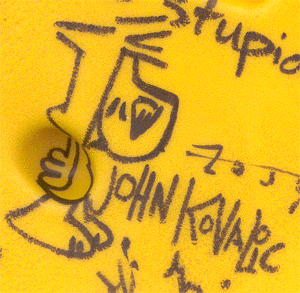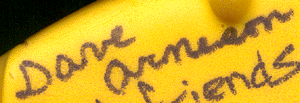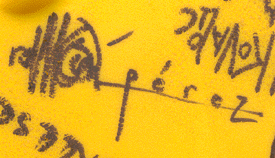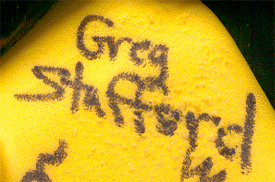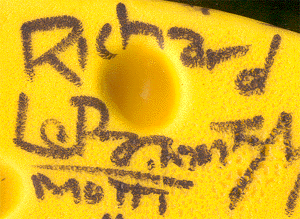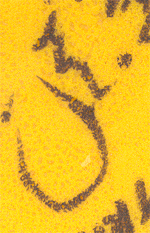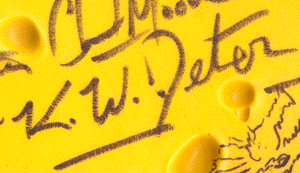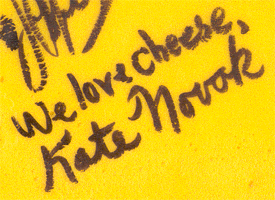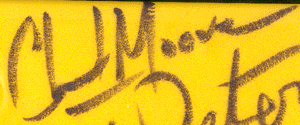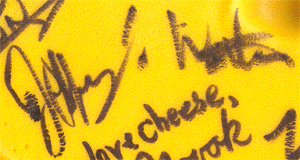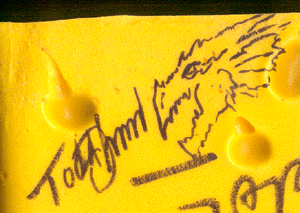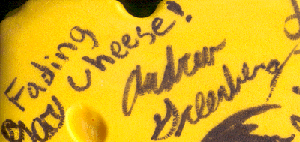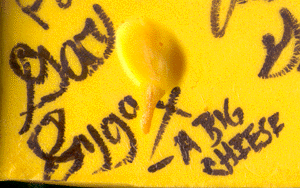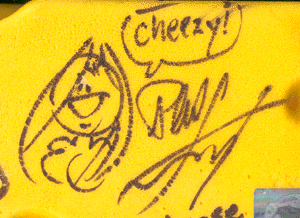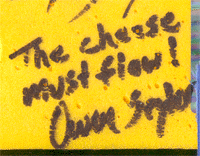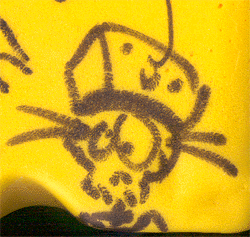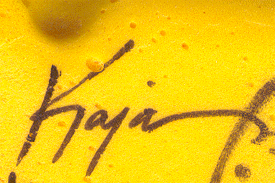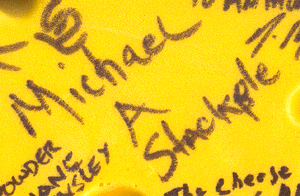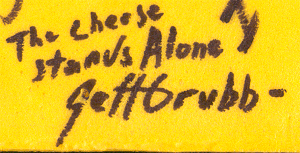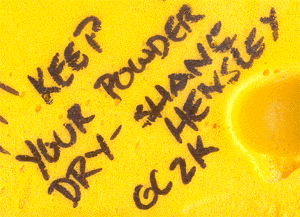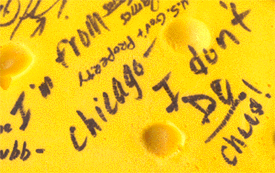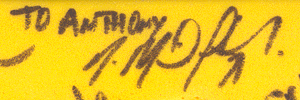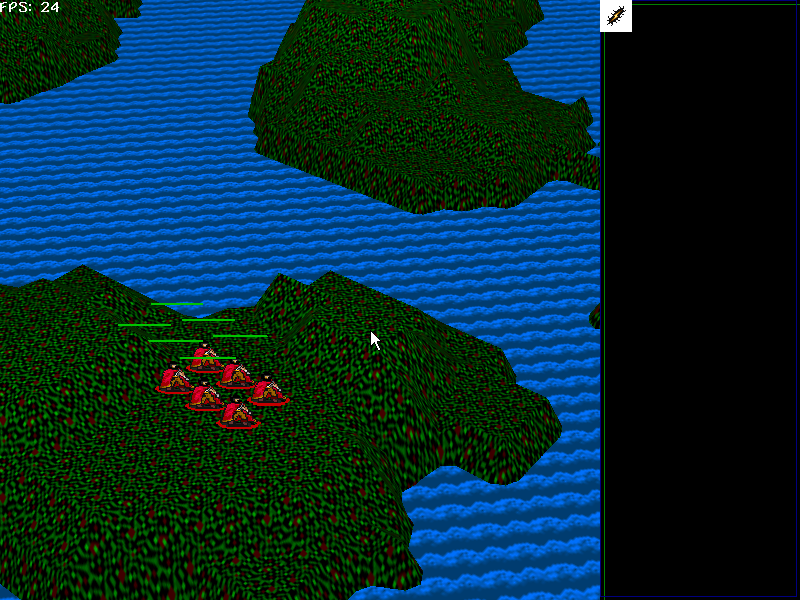I’ve mentioned earlier that I try to keep negativity off this blog. I also try not to read blogs that I consider overly negative, and yet one of the blogs I do read is Scorpia’s.
Scorpia is the grande dame of adventure/roleplaying. She got her start reviewing adventure and computer roleplaying games for Computer Gaming World decades ago. I always enjoyed reading her reviews, especially when she would gleefully excoriate some piece of crap she’d been forced to play. After CGW dropped her she got a web presence and kept going.
Now, Scorpia’s got two themes that she constantly returns to. The first is that CRPGs today suck compared to those of the past. The second is that CRPGs never seem to turn out as good as the paper-and-pencil RPGs she plays. And while she’s technically right on both counts, in the end complaining about them isn’t particularly useful.
It’s not useful to complain about the first because the first is all perception. In the end, CRPGs today are much better than their older counterparts. The problem is that back in The Day(tm), the genre was still being explored. Games could still surprise us with new methods of pulling us in. Older CRPGs used lots of tricks to suggest that the world didn’t strictly revolve around the player. I recall running across a random fight between a group of bandits and the town guards in Ultima VI and thinking, “Whoa, what is going on in this world that I don’t know about?” Answer: nothing, but the suggestion was there. Did I have the same experience when the same thing happened in Oblivion? Of course not.
Now those tricks can still work, but only on younger players who haven’t Seen It All like us grognards. Which is why, ultimately, complaining about this is futile.
It’s also not useful to complain about the second because of the dirty little secret of computer role-playing games. Which is that there’s no such thing as a computer role-playing game.
There are two aspects to paper-and-pencil role-playing. The first is the numerical aspect – the stats, the skills, the to-hit percentage and the amount of damage done per attack, as well as the improvements to all these numbers as the character progresses. Computers do this scintillatingly well, but in the end this isn’t roleplaying. It’s just character bookkeeping.
The other aspect of paper-and-pencil role-playing is collaborative storytelling between the players and the game master. Computers cannot do this at all and they’ll never be able to ever ever ever ever. Well, at least not until artificial intelligence is perfected and by then we’ll all be too busy running for our lives from the hunter-killer robots.
The best a computer “RPG” can possibly do is to marry a good pre-programmed story with a fun iteration of character bookkeeping. That’s it, and that’s all there will ever be. I guess this doesn’t bother me as much as it does her because I was never able to do as much paper-and-pencil roleplaying as I wanted. When I was growing up I got maybe one real roleplaying session a year, and the rest of the time I’d have to scratch my itch by playing solo RPG adventures like the Fighting Fantasy gamebooks. Which, goshwow, married good pre-programmed stories with fun iterations of character bookkeeping. So the transition to CRPGs wasn’t a painful one for me.
But this is the root of Scorpia’s dissatisfaction. I think she’d be happier if she either stopped playing them or stopped expecting them to be something they never can.

